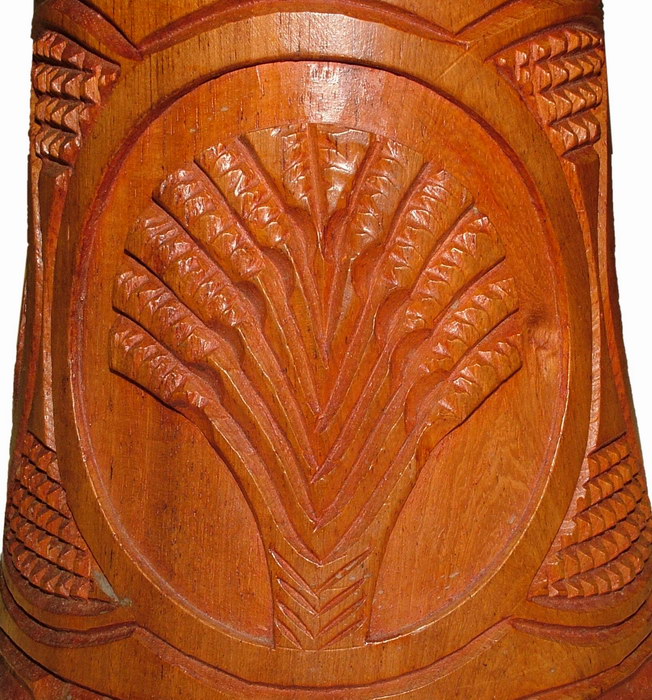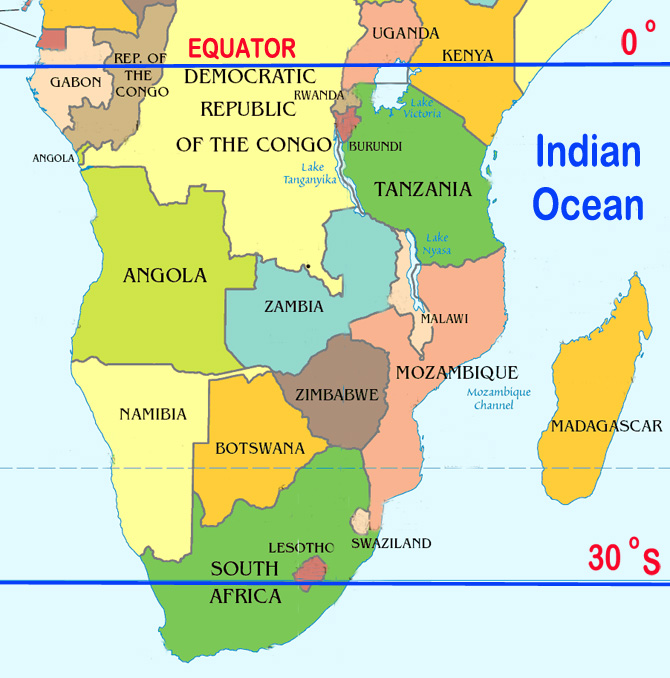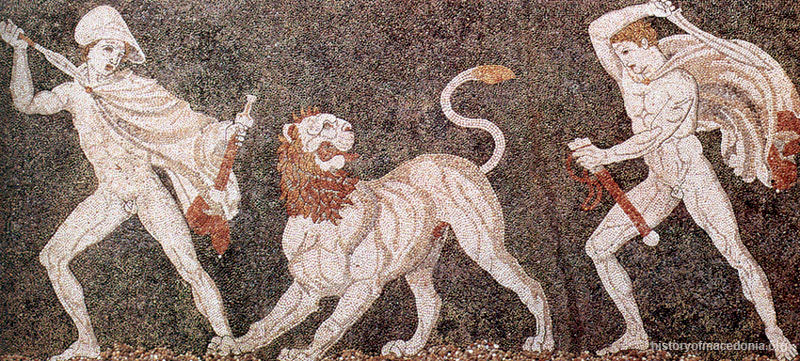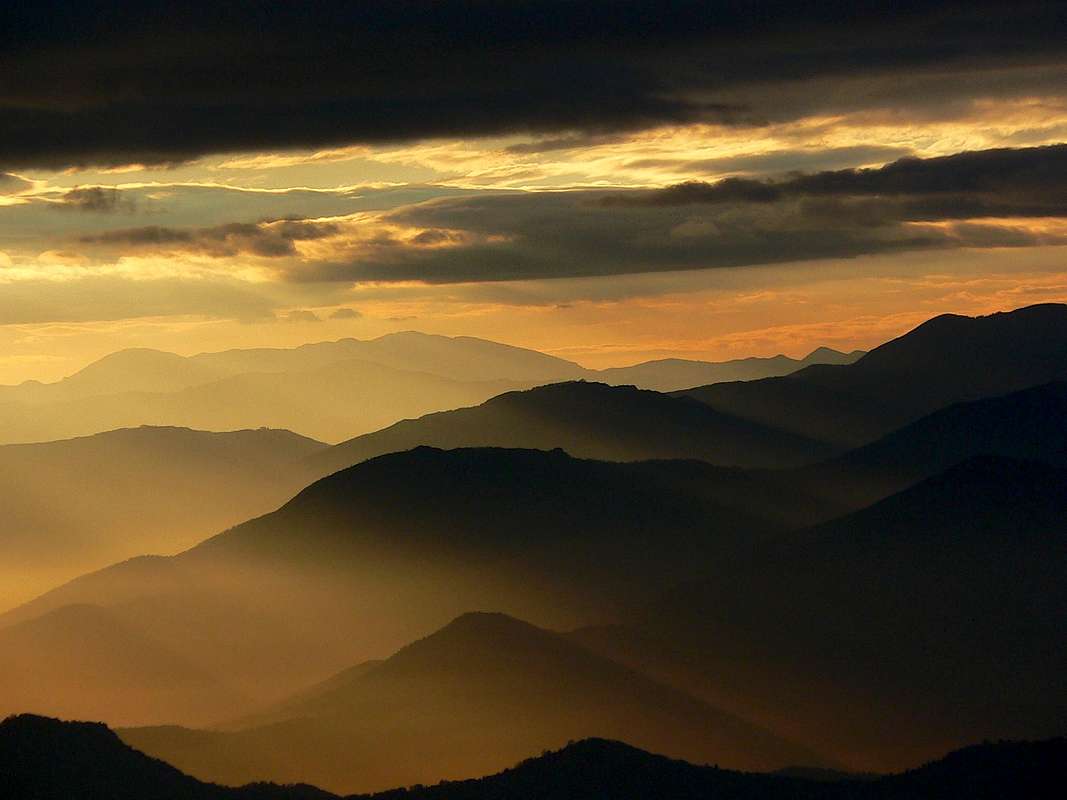So, the kids are finally on spring break, and the
weather is warming up. More or less. The job is going well, and my husband got
80% of the noise my car was making to go away. For the moment, life is good.
But what’s better is food from Madagascar.
 |
| Mofo Gasy in batter only. It's a 2D version of the real thing. |
Today, I started with a challenge. Initially, it
didn’t seem so. I went with a type of street food-slash-breakfast food called
Mofo Gasy. It’s a type of pancake ball that looks similar to either Danish
aebleskiver or Japanese takoyaki. I started out mixing ½ c flour, ¼ c + 2 Tbsp
of cream of rice, ½ tsp of yeast, 1 tsp sugar, and ¾ c of lukewarm water and
stirred this until it came together as a batter. Then I let it sit for about 2
hours. After this, I added in 1 Tbsp + 2 tsp sugar, 1 ½ tsp of sweetened
condensed milk, and 1 tsp of vanilla extract, and stirred it again. This time,
I just let it sit for about 45 minutes. Now here comes the hard part. I was
supposed to use what’s called an aebleskiver pan. It’s like a cast iron pan
with deep wells in it, kind of like a giant poached egg pan. So, since I didn’t
have one, I thought I’d improvise. According to the Internet, it was advised NOT
to put a muffin pan directly on the flame. So I put my cast iron griddle on the
flame and put my muffin pan on top of it. I put my oil in the bottom of each
cup and spooned a little batter in it. It did get hot, but perhaps there wasn’t
enough oil because they started to smoke and it barely cooked. Or maybe my heat
was up too high. Anyway, my smoke detector told me to just give it up. So, I
ended up making pancakes out of the rest of the batter. They tasted good,
although not as good after they sat on the counter for a while. I bet they
would’ve been good with jam and cream cheese. The pans aren’t terribly
expensive, so perhaps I can get one and try this again. (The pans would also be
perfect for making Japanese takoyaki!)
 |
| One of the best things I've made in a long time. This is the type of dish you make to impress people. |
My main meal for today was Coco Crevettes, or
prawns in coconut sauce. I started out melting my butter in a large skillet.
Then I added in some diced onion and let it sauté until they were translucent.
Next went in some minced garlic and ginger and finally the shrimp (it’s easier
to find shrimp rather than prawns) with some salt and pepper. I poured a little
lemon juice over the shrimp before adding in most of a can of coconut milk, a
little tomato paste and brown sugar. I stirred everything together and let it
simmer for about five minutes and served this on top of steamed rice and
garnished with dried parsley. This was absolutely incredible! My daughter and I
loved this so much. My son gave the “thumbs sideways” sign to me. This is
definitely a dish to make again.
 |
| I wish avocados were super cheap because I'd make this all the time. |
To go with this, I made Lasary Avocat. I’ve made
something similar in the past, but this one was better. I started with making
the sauce/salsa/salad part. I took some diced tomatoes (I picked a can with added
green chilies and cilantro), and put part of the can in a bowl along with some
chopped green onion (only the green part), a little olive oil, lemon juice, a
touch of apple cider vinegar, and some salt and pepper. I mixed this until
everything was mixed consistently. Then I took my avocados and cut them
lengthwise, removing the pits. I scooped out a little more of the avocado to
make a larger hole, and spooned in a bit of the tomato mixture into the
avocados. I liked this very much! It was so simple, and I think it would make a
good side for a summer lunch or something. Definitely going to repeat this over
the summer.
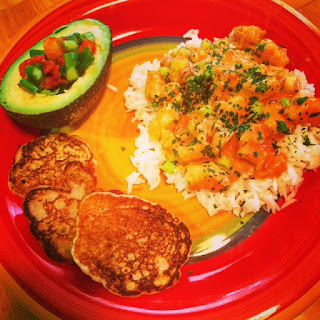 |
| All in all, this was a pretty fabulous meal. |
I learned so much about Madagascar that I didn’t
know before. But to answer my original question: did the movie Madagascar give
the country credence? It’s hard to tell. As far as I can tell, at least they
tried to make it appear true to the island. Minus the talking animals. (Pretty sure
King Julian is fictional.) The music was definitely not Malagasy. But it’s an
island that I would like to visit. One more place to add to my bucket list –
although I might need a bigger bucket.
Up next: Malawi


